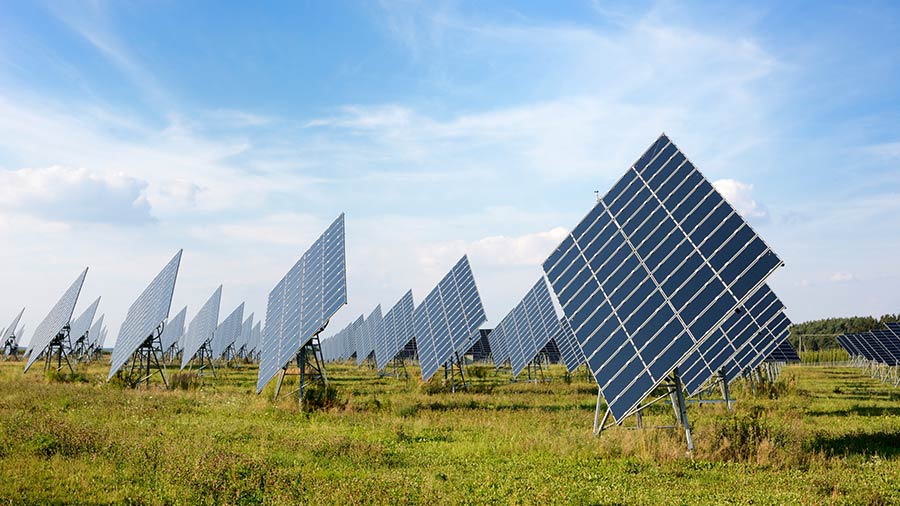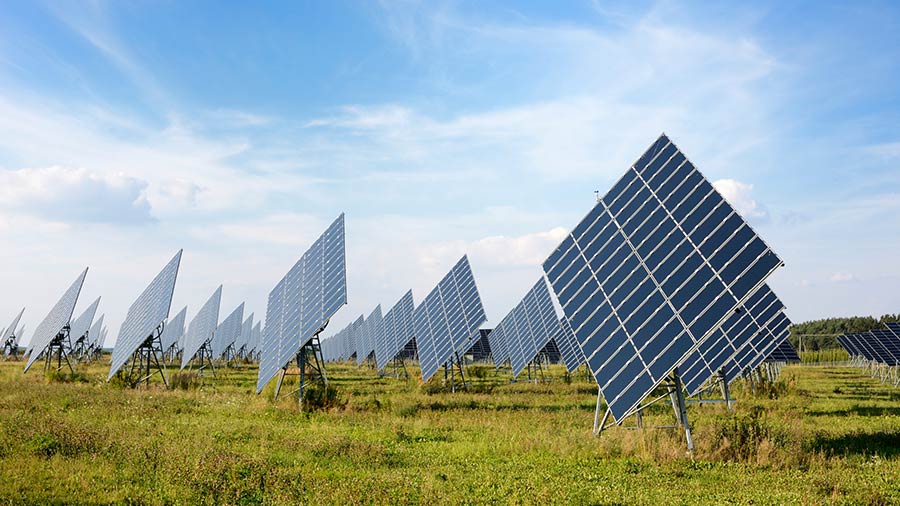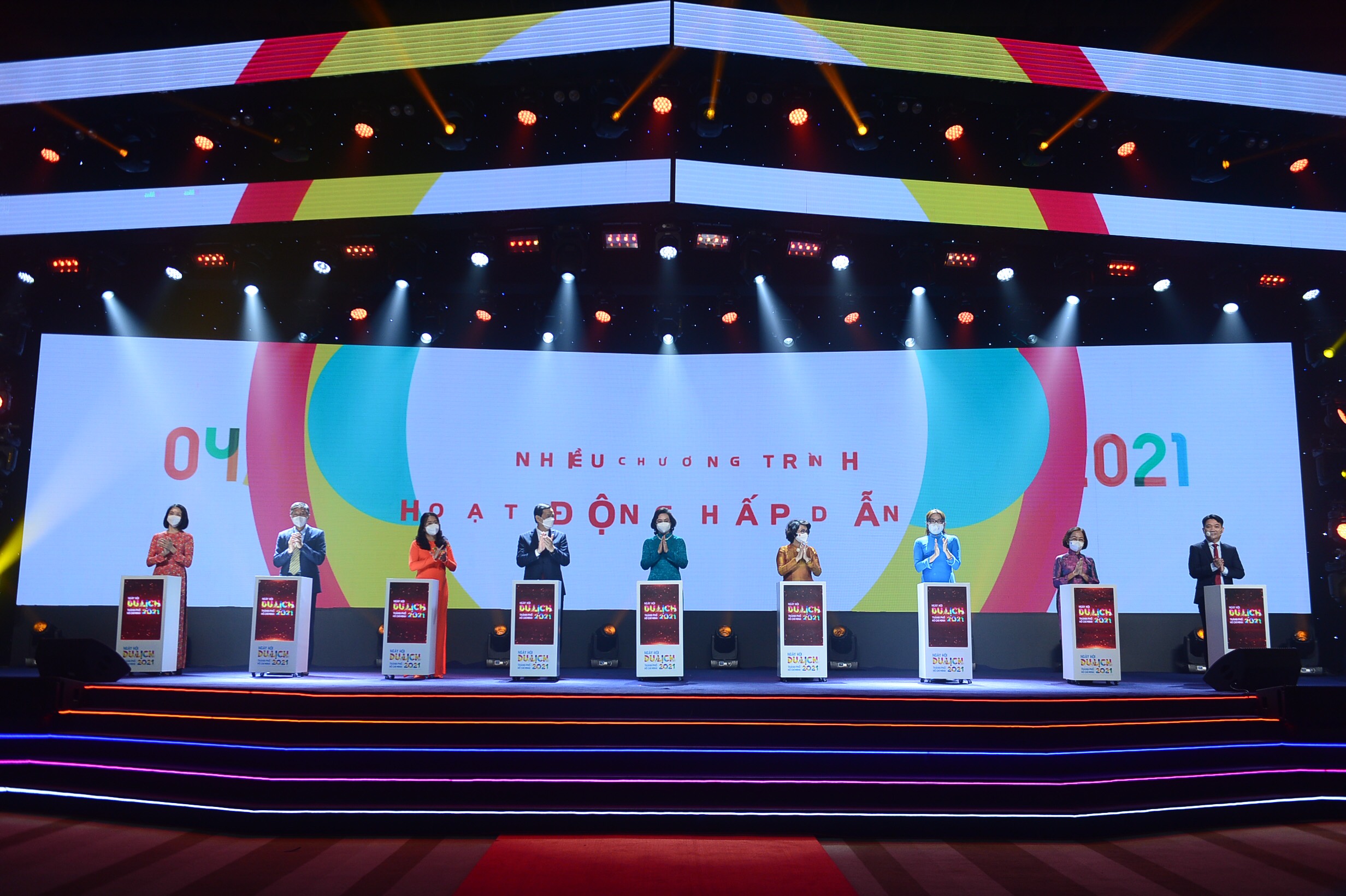To meet the growing demand for energy the government has introduced an auction system to integrate solar energy into the national electricity structure.

- Vietnam’s energy demand is forecast to increase by over 10 percent by 2020.
- After a rush of investment in solar energy in Vietnam, the government has introduced an auction system to stabilize the sector.
- While the sector remains attractive, investors can expect a more rigorous approval process.
Vietnam’s electricity demand has been the second-largest in Southeast Asia since 2015 and is expected to retain this position in 2020. However, only 0.5 percent of excess capacity in the electric system is currently available to meet the enormous future demand. To tackle the imminent power shortage, the government has introduced an auction system in Notification No. 402/TB-VPCP on November 22 to promote the integration of solar power into the national electricity structure.
How is the auction system better for the solar industry?
The new mechanism is favorable as it is poised to resolve the problems from the expired Feed-in Tariff (FiT) incentives. Entitlement to a flat FiT of 9.35c/kWh (kilowatt-hour) has lured an enormous number of projects coming into Vietnam, with most of them clustering in Ninh Thuan and Binh Thuan provinces.
In particular, Ninh Thuan is home to 25 solar power projects, the highest number in Vietnam. Despite being advantageous in solar exposure (2467 hours of sunshine and 1700kWh solar radiation per square meter), the power transmission infrastructure in Ninh Thuan has not been fully developed to support large-scale transmission, resulting in widespread curtailment of power generation.
10 of these projects have been forced to operate at only 30 to 40 percent of their actual capacity, translating to a loss of VND500 billion (US$21.7 million) in total.
Two types of solar power auction systems
There are two options of auction offered: auction among developers to sell electricity to a local distributor and auction among investors to start their projects on acquired land.
Under the first option of the auction mechanism, solar energy developers have to submit their bids for price per unit of electricity sold. The local distribution companies would then select and sign the Power Purchasing Agreement (PPA) with the successful bidder to integrate their electricity into the system.
The same procedure applies to the second option in which developers also have to submit their bids for the land. According to MS Doan Van Binh, Director of the Institute of Energy Science, the bidding system would foster more extensive discussion between firms and local authorities about the estimated demand, infrastructure, and allocation of investment in each stage.
Mr. Tomaso Andreatta, Vice President of EuroCham also added that public auction would stimulate competitiveness and transparency within the industry.
Cambodia’s success in securing 3.877c/kWh sets a good example for Vietnam about the auction process. By providing developers with land, infrastructure and financial incentives, the Cambodian government has managed to attract investors and availed themselves the chance to filter out underperforming firms.
This process encourages innovation and efficient management among firms to make sure they are able to meet the predetermined requirements. Mr. Andreatta thinks that with a faster development rate, Vietnam is capable of reaching the same level of success with this mechanism.
There are some exceptions as to whom the auction would apply. Firstly, following the government’s Resolution No.115/NQ-CP about commercial operation date (COD) deadline extension, the FiT of 9.35c/kWh still applies for approved projects in Ninh Thuan until either the total electricity generation capacity reaches 2,000 MW or until the end of 2020. Secondly, rooftop solar projects continue to be eligible for FiT incentives.
Better competitiveness and transparency from the auction system can enable the government to realize its goal of generating 6300 MW more electricity from solar energy during the 2020-2023 period, contributing 15.2 percent to the national grid.
What are other pieces of the picture?
The public auction is also part of the government’s larger scheme to formulate a well-rounded system optimal for the industry’s growth.
It is noteworthy that the Power Development Plan 8 (PDP 8) has focused more on renewable energy. This masterplan for national energy development during the 2021-2023 period includes the Ministry of Industry and Trade’s calculation for electricity capacity of solar and wind power based on Vietnam’s natural environment such as sunlight hours.
Prime Minister Nguyen Xuan Phuc has also urged for solutions to existing infrastructural problems in highly concentrated areas like Ninh Thuan. State-owned Vietnam Electricity (EVN) has been directed to ramp up its project to upgrade the transmission capacity of five power stations in Ninh Thuan and Binh Thuan. EVN expects to complete the project by mid-2020.
Central Highlands – A beneficiary of the auction plan
As local authorities in the Central Highland region have already acquired land for solar projects, this region can be a beneficiary of the second auction option. With 1700 hours of sunshine and 5kWh per square meter radiation a day, the Central Highlands is a promising destination for investors.
Most recently, Vietnam’s largest solar power system with 100 MW capacity was inaugurated in Buon Don District, Dak Lak province. This was followed by the inauguration of 49 MW Krong Pa power plant and the official operation of two new projects, in Gia Lai province.
Looking ahead
Vietnam’s auction-based system is a viable alternative to the FiT mechanism as FiT has led to overheated development of solar projects in the country. If unchecked, it could further lead to conflict in land use exacerbating socio-economic issues. The solar energy industry remains an attractive investment for foreigners, however, government approvals are likely to be more rigorous.
Backed by the government, the auction-based system will ensure the sustainable development of renewable energy in Vietnam on par with international standards. Investors can, therefore, benefit from rising electricity demand in a stable competitive environment.







